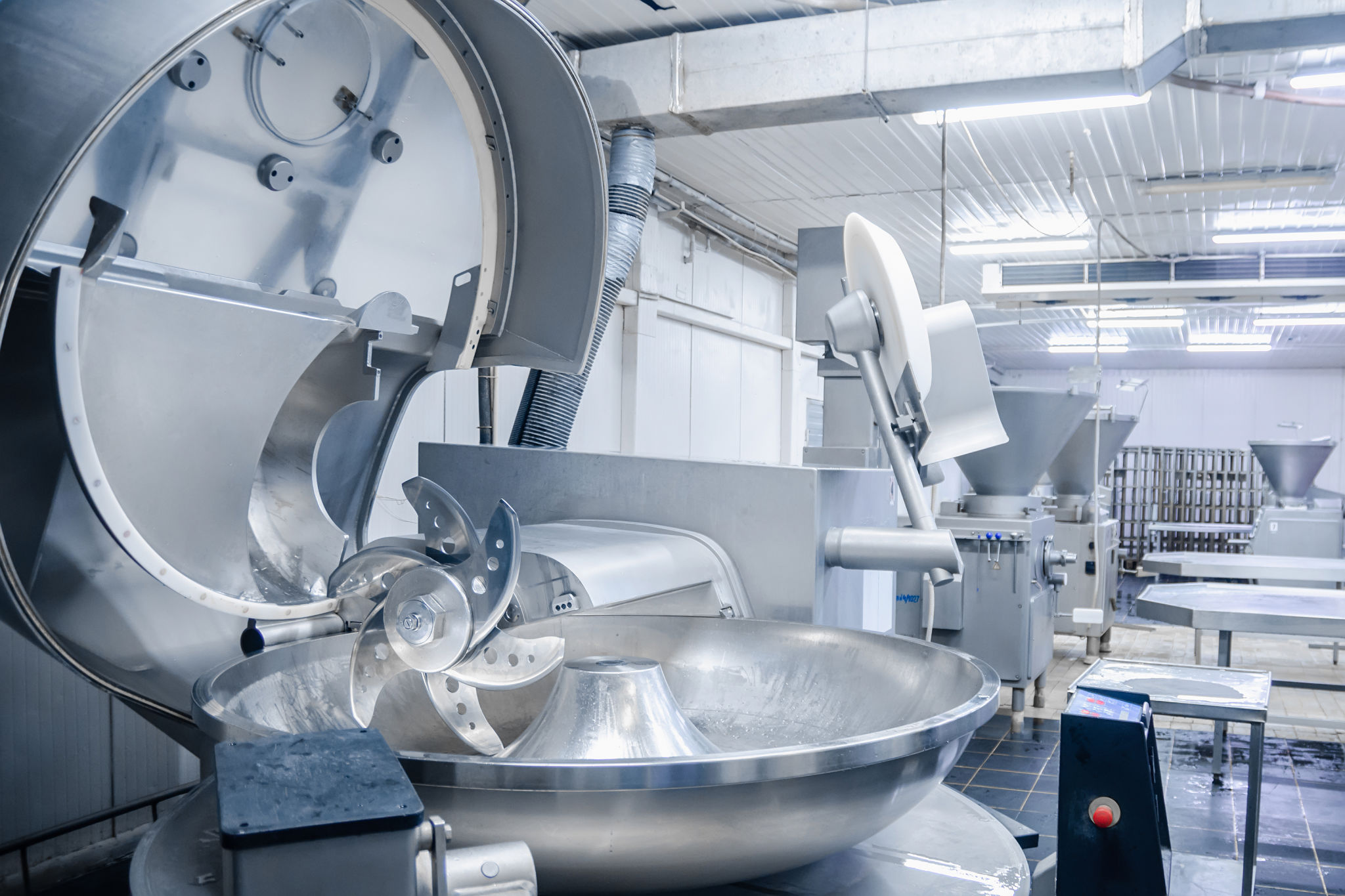The Future of Food: Exploring High Pressure Processing Innovations
Understanding High Pressure Processing
High Pressure Processing (HPP) is an innovative method used to preserve and sterilize food products. Unlike traditional methods that rely on heat, HPP uses extremely high pressure to inactivate pathogens and extend shelf life. This technique has gained popularity because it maintains the nutritional quality and sensory attributes of food better than conventional methods.
The process involves subjecting food to pressures as high as 87,000 psi, which is approximately six times greater than the pressure found at the deepest part of the ocean. This intense pressure effectively breaks down microbial cell walls without affecting the food's flavor, texture, or color.

The Benefits of HPP in Food Preservation
HPP offers several benefits over traditional methods of food preservation. Firstly, it reduces the need for chemical preservatives, aligning with consumer demand for cleaner labels and more natural products. Additionally, HPP-treated foods often have a longer shelf life while retaining their fresh taste and nutritional value.
Another significant advantage is its ability to ensure food safety. By eliminating harmful bacteria such as E. coli, Listeria, and Salmonella, HPP enhances the safety of ready-to-eat meals, juices, and other perishable items.
Impact on Nutritional Quality
One of the most compelling aspects of HPP is its minimal impact on the nutritional content of food. Unlike thermal processing, which can destroy heat-sensitive nutrients like vitamins C and B, HPP preserves these essential nutrients, making it an attractive option for health-conscious consumers.

Applications Across Various Food Sectors
HPP is versatile and can be applied to a wide range of food products. The meat industry, for example, uses HPP to produce deli meats free from chemical preservatives while ensuring safety and freshness. In the beverage sector, cold-pressed juices benefit from HPP by maintaining their nutrient profile and fresh taste without pasteurization.
Dairy products like cheese and yogurt also utilize HPP to improve shelf life without compromising quality. Even seafood, which is notoriously difficult to preserve, can benefit from this technology, allowing for fresher-tasting products that are safe for consumption.
Challenges and Considerations
Despite its many benefits, HPP is not without challenges. The initial investment in equipment can be substantial, and not all food types are suitable for high-pressure treatment. Foods with air pockets or those that are overly porous may experience textural changes.

Additionally, manufacturers must consider consumer perception. While many appreciate the benefits of HPP, there is still a learning curve in educating consumers about this relatively new technology and its safety.
The Future of HPP in the Food Industry
As technology advances and consumer preferences evolve, the future of HPP looks promising. Ongoing research aims to further reduce costs and expand the range of foods suitable for this processing method. Innovations in packaging technology also complement HPP by providing better protection and extended shelf life.
The food industry is likely to see more widespread adoption of HPP as awareness grows about its benefits. Companies that invest in this technology may find themselves at the forefront of producing safer, healthier, and more sustainable food options.